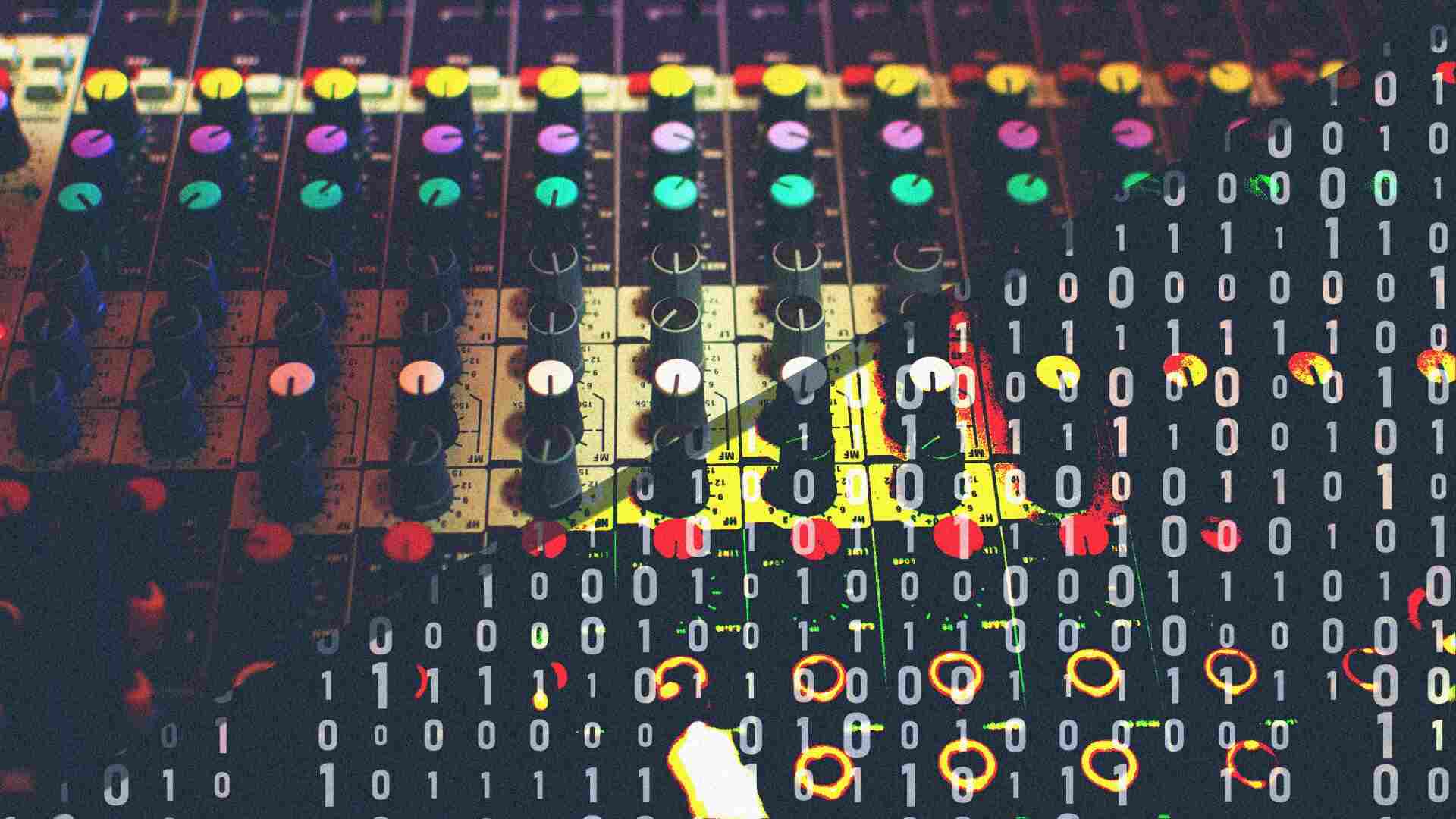- | 8:00 am
AI in music: Not all doom and gloom
Technology is enabling better playlists, more copyright protection, and increased music discovery.

When it comes to AI and music, most of the recent conversation has centered around generative AI. I believe that’s due to our understandably human and slightly fearful reaction to this new wave of creation. There are major concerns around artistic integrity, the demise of paid opportunities for working musicians, and many questions about control and copyright.
But, it’s helpful to remember that music composition is just one category in the AI music landscape, and AI’s impact on the business side of music is much more positive.
While there are many subcategories within AI and music, they largely fall under four broader categories:
- Composition (generating music and lyrics—this is what scares people)
- Production (mastering, mixing)
- Analysis and classification (powers recommendations and curation)
- Content ID and copyright protection (rights management)
Of those, AI use cases for analysis/classification and copyright protection deserve more discussion. That’s because AI is already transforming how songs are analyzed, classified, and protected in a myriad of ways. This is important for both listeners and artists since it affects how we discover music and also fortifies the rights for those who create it.
Let’s get more specific about how AI is impacting the music industry in those categories.
ANALYSIS AND CLASSIFICATION
AI is making music discovery a more dynamic and personalized experience. At the core of the music streaming revolution is AI’s ability to understand and classify music at an unprecedented scale. This includes the actual track analysis, as well as listening habits at both individual and aggregate levels.
At a highly granular level, AI can analyze music through its ability to generate comprehensive metadata by dissecting musical acoustic properties and the lyric content. With the addition of subjective metadata, algorithms are looking at more than instrumentation and beats per minute, but also getting into mood and valence. This leads to more nuanced tagging and classification.
Furthermore, AI doesn’t just look at the songs themselves but also learns from an individual’s listening habits. It notices what we often play, what we skip, and even what we add to our playlists.
Equally important, AI tracks the listening habits of other users with shared musical interests and can make recommendations for specific songs resonating within your interest graph. This use case isn’t new, but the analysis sophistication level continues to grow by leaps and bounds. By looking at patterns across many users, AI can identify trends and preferences that might not be obvious to human curators. The hidden connections between artists and genres can lead to surprising (but engaging) recommendations.
The net result of AI-generated metadata and recommendations is increased music discovery. Once AI understands your listening patterns, you inevitably get personalized playlists of songs that contain your favorites, and related songs the system knows you have never listened to in your account. The artist and music discoveries coming from these recommendations can enormously impact an artist’s ability to build their career and global fanbase.
CONTENT ID AND COPYRIGHT PROTECTION
Music copyright protection has always been a challenge, but companies are increasingly leveraging AI to make sure artists get paid. Yes, that’s right. AI can actually help safeguard artistic creations, ensuring that copyright holders are compensated for their work. Here are three ways this is already taking place in the industry:
- Automated content recognition: Most content is consumed on social media where tracking usage and royalties is problematic, to say the least. But with digital fingerprinting, it’s getting easier to identify when and where a song is being used without permission.
- Real-time monitoring and enforcement: With AI, the monitoring process is not just thorough, but also fast. AI systems can detect unauthorized uses in real time and automatically send takedown notices or claims on behalf of the copyright owners.
- Enhanced metadata accuracy: AI plays a vital role in improving the accuracy of rights holder metadata associated with music tracks (like songwriters, producers, and performers). Accurate metadata is essential for proper copyright attribution and ensuring that royalties are directed to the correct people.
By harnessing AI, the music industry is aiming for more efficiency, transparency, and fairness in compliance, which is a win-win for creators and consumers. It still remains to be seen how artists will most effectively leverage AI in their creation of music, but the promise of better discovery and artist protection is already positively shaping how music is shared and how artists are compensated.






































